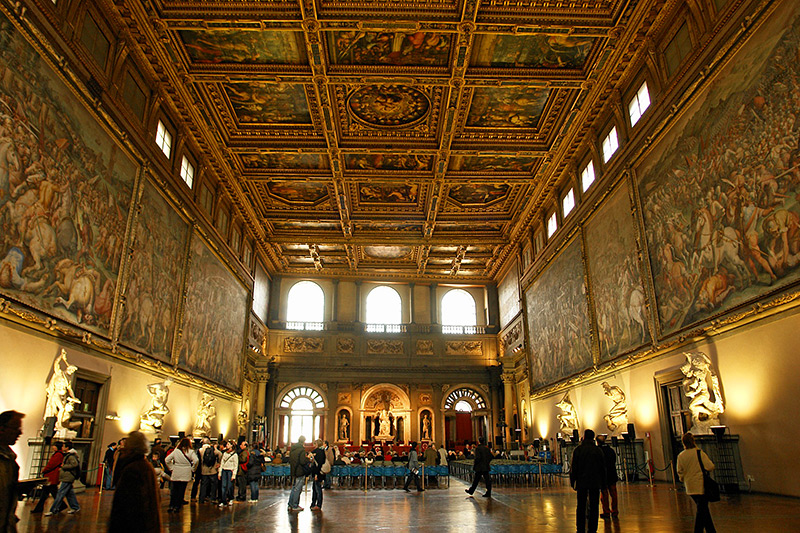
Palazzo Vecchio, Florence
The Salone dei Cinquecento (Hall of the Five Hundred) was built from 1494 during the Republic of Fra' (friar) Girolamo Savonarola. The Hall is the largest and most important room in terms of artistic and historical value inside the palace. This impressive hall has a length of 54 meters, a width of 23 and a height of 18 meters.

Hall of the Five Hundred (Palazzo Vecchio, Florence)
Fresco - Water Pigments (7,60 x 13 metres) 1568-1571. Tower of San Vincenzo This episode of the war between Florence and Pisa corresponds to 17 August 1505, showing a battle around the tower of the city of San Vincenzo. This battle was decisive in the war between Florence and Pisa, as indicated by Giorgio Vasari, the fresco author.
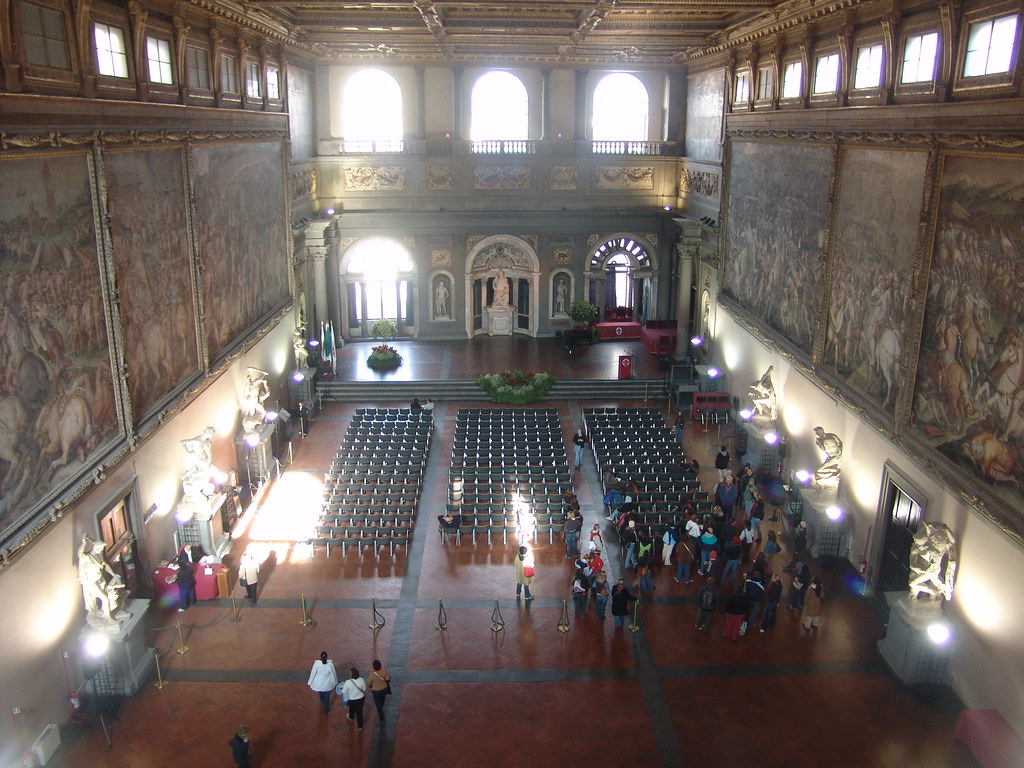
Hall of the Five Hundred, Palazzo Vecchio, Florence Flickr
The Hall of the Five Hundred (Salone dei Cinquecento) is the largest and most important room in terms of artistic and historic value in Palazzo Vecchio. This impressive hall, which plays a key role in Dan Brown's Inferno, is 54 meters long, 23 meters wide, and 18 meters high. It is the largest room in Italy made for a civil power palace.
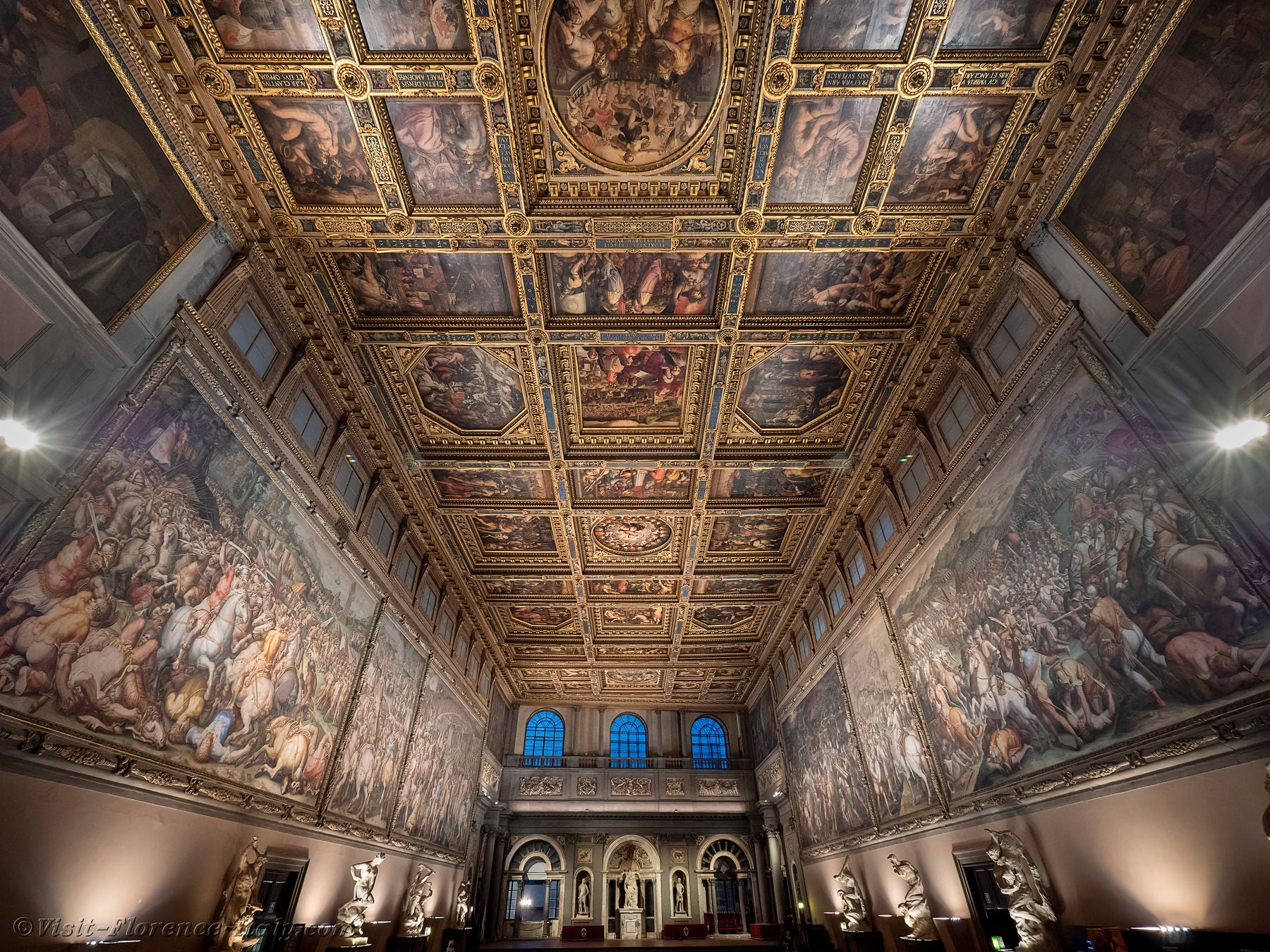
Palazzo Vecchio Cinquecento, Hall of Five Hundred Florence
The hall was initially built as the Hall of the Grand Council - the seat of the Signoria during the Florentine Republic. When Vasari was commissioned to remodel the palace for Cosimo I, he raised the ceiling of the Hall of the Five Hundred by a whopping seven meters, bringing it to a total height of 18 meters.
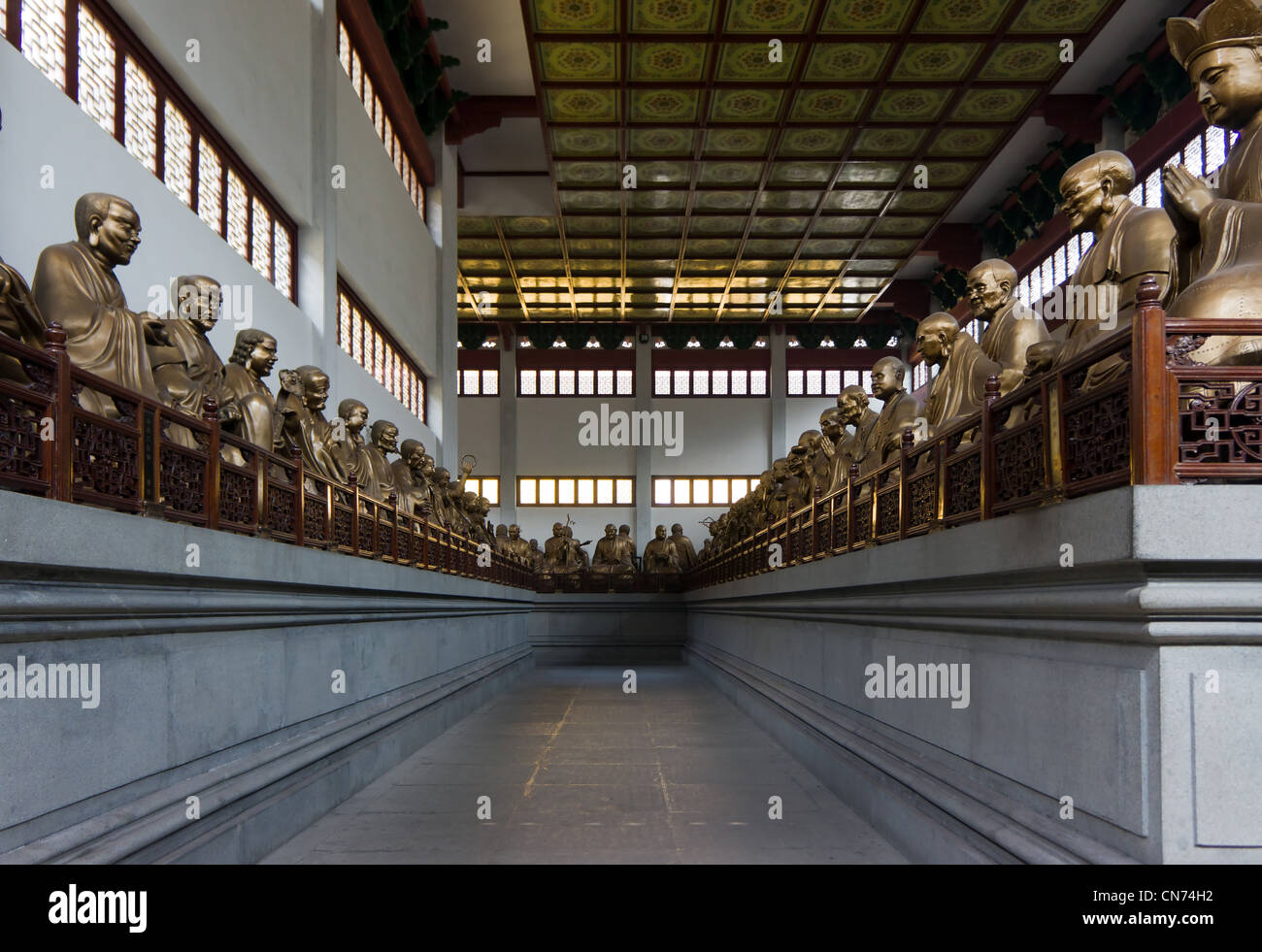
Hall of the Five Hundred Arhats (Wubai Luohan Tang), Ling Yin Temple, Hangzhou, China Stock
In 1504, one of the most important artistic disputes in history took place in the Hall of the Five Hundred: Leonardo da Vinci and Michelangelo Buonarroti were summoned to fresco this important Palazzo Vecchio hall with scenes of two key battles in the history of the Florentine Republic—the Battle of Anghiari (la Battaglia di Anghiari) and the Ba.

Hall of the five hundred hires stock photography and images Alamy
From Wikipedia, the free encyclopedia Italian pronunciation: [paˈlattso ˈvɛkkjo] "Old Palace") is the , Italy. It overlooks the Piazza della Signoria, which holds a copy of Michelangelo statue, and the gallery of statues in the adjacent Loggia dei Lanzi

The Hall of the Five Hundred in Palazzo Vecchio, Florence, Italy Stock Photo Alamy
Hall of the Five Hundred. This happens to be the most impressive chamber is 52 m long and 23 m broad. It was built by Simone del Pollaiolo in 1494 commissioned by Savonarola who became the spiritual leader of the Republic of Florence, replacing the Medici family after their exile, wished to make it a hub of the Grand Council comprising of five.

Hall of the Five Hundred in Palazzo Vecchio, Florence, Italy Editorial Photo Image of large
Pinterest Here's my guide to visiting the Palazzo Vecchio. The palace is the civic heart of Florence and one of its most hallowed historic sites. The Palazzo Vecchio is a doughty medieval fortress on the outside. In contrast, on the inside, it's a resplendent Renaissance palace filled with artistic treasures.

Hall of the Five Hundred in Palazzo Vecchio, Florence, Italy Editorial Photography Image of
The Palazzo Vecchio The setting for this story is Florence and, in particular, the Palazzo Vecchio. In 1298, Florentines decided to build a palace to house the governmental entities of the republic. They hired Arnolfo di Cambio, architect of Florence Cathedral and the Basilica of Santa Croce. READ: How To Visit Florence's Duomo
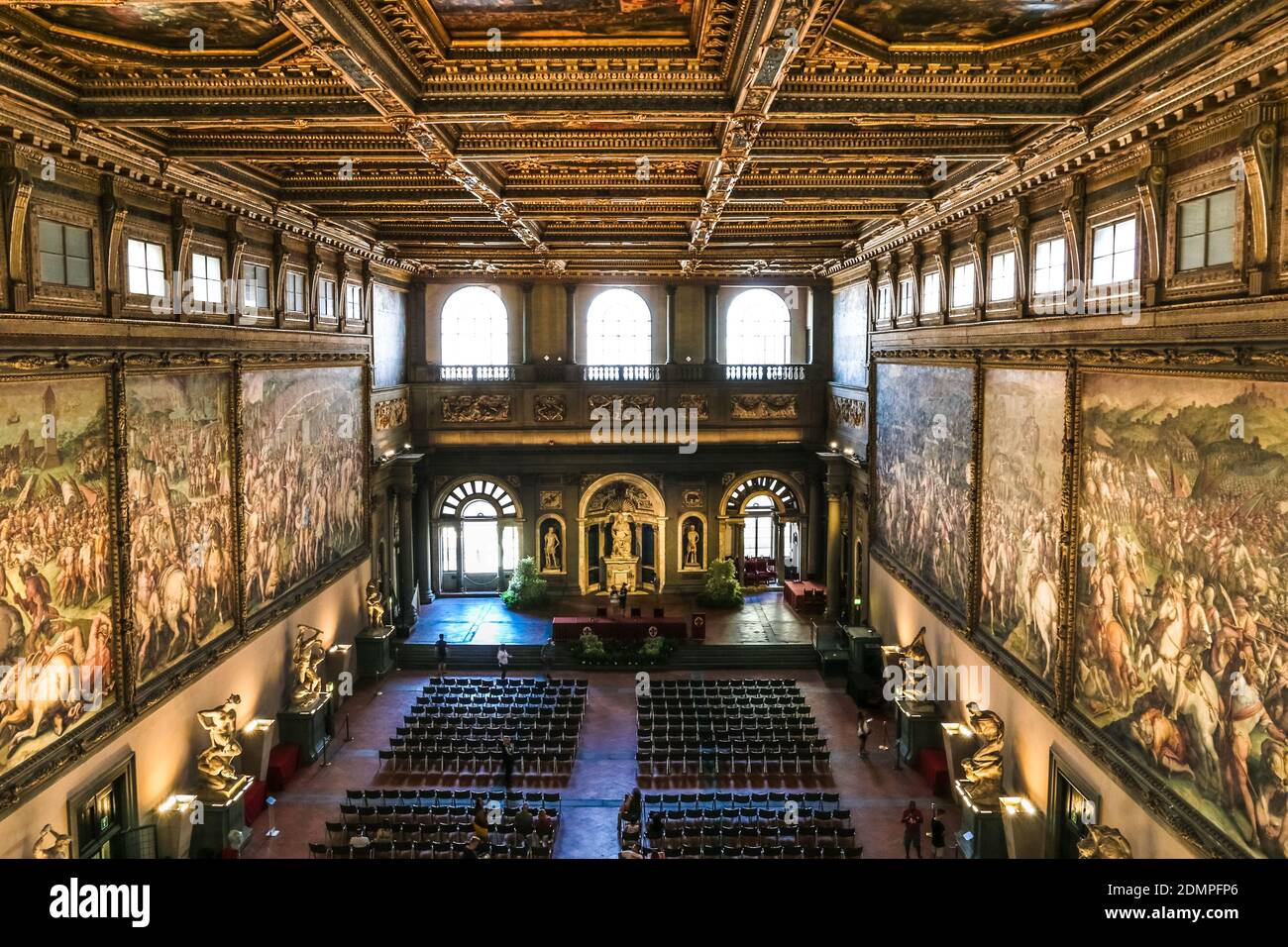
Panoramic view of the Hall of the Five Hundred (Salone dei Cinquecento), the most imposing
Book Now Palazzo Vecchio in Florence seat of the political power it is famous all over the world for the Hall of 500 and the Monumental Quartes.
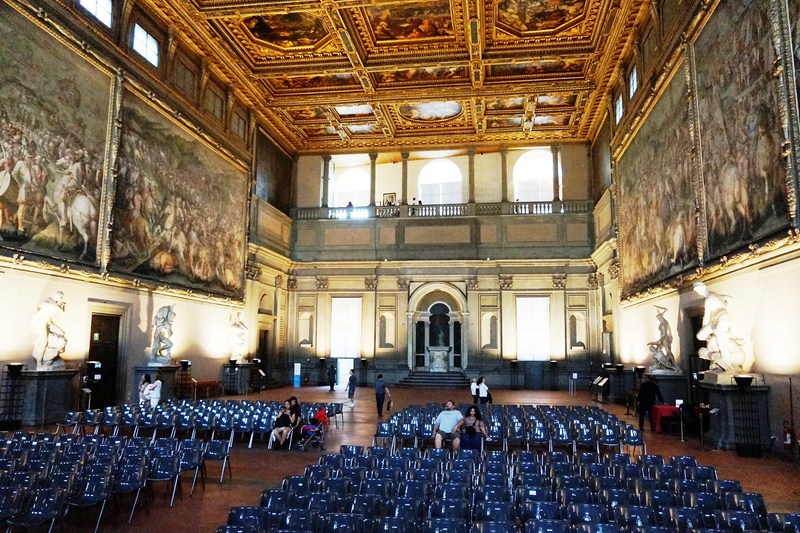
Palazzo Vecchio Hall of the Five Hundred (Florence, Italy) B.L.A.S.T. Live Life to the
Here are some interesting trivia regarding the impressive Hall of the Five Hundred: In terms of artistic and historic value in Palazzo Vecchio, it is the largest and most important room. At 54 m. long, 23 m. wide and 18 m. high, the hall is the largest room in Italy made for a civil power palace.

Hall of the Five Hundred A Journey Through Vasari
Vincenzo de Rossi "Hercules kills the Centaur Nessos" Hall of the Five Hundred of Palazzo Vecchio in Florence Hercules kills Nessos Sculpture - Marble - Height 276 cm - 1568 After his marriage to Dejanire, the daughter of King Aeneas, Hercules left the king's court with the young woman, and on the way, found herself before the river Eventos.
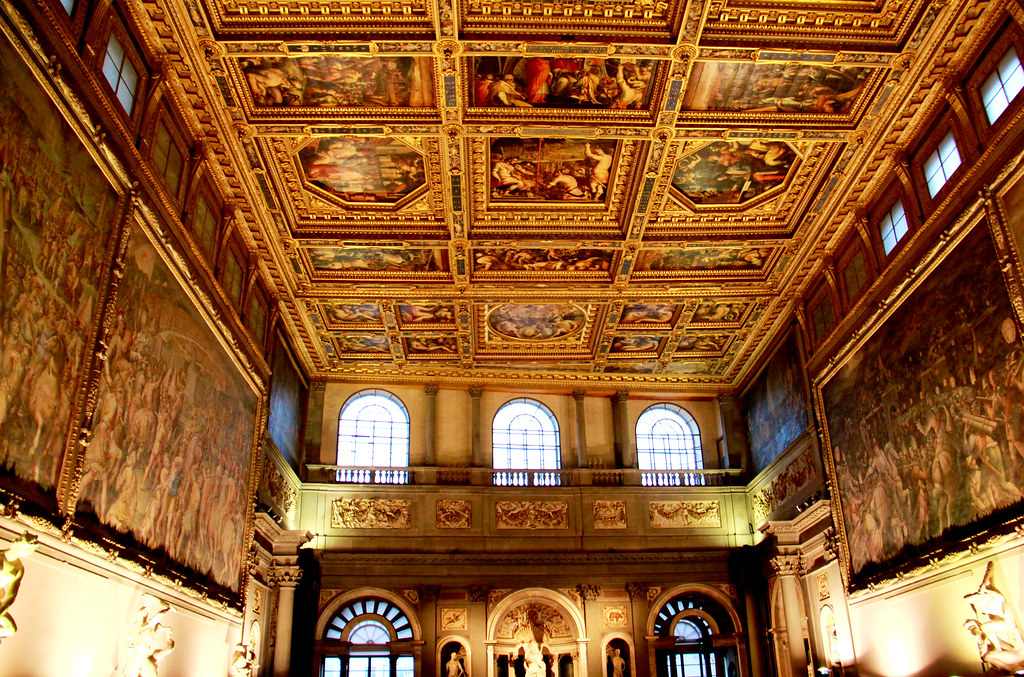
The Hall of the Five Hundred Florence, Italy The great h… Flickr
Jan. 5, 2024, 12:07 PM PST. By Kalhan Rosenblatt. Teens running, police converging and a grey splotch that appears to be moving: Videos from an outdoor mall in Miami stoked wild claims this week.

Hall of the Five Hundred in Palazzo Vecchio, Florence, Italy Editorial Stock Image Image of
Marble - Height 261 cm - 1530-1534. Genius of Victory This remarkable sculpture by Michelangelo, reminiscent of his "David" of the Accademia, is located in the Hall of Five Cents of Palazzo Vecchio, right in front of the "Triumphant Virtue of Vice" carved by Giambologna. We find here the arm folded back and the hand on the shoulder.
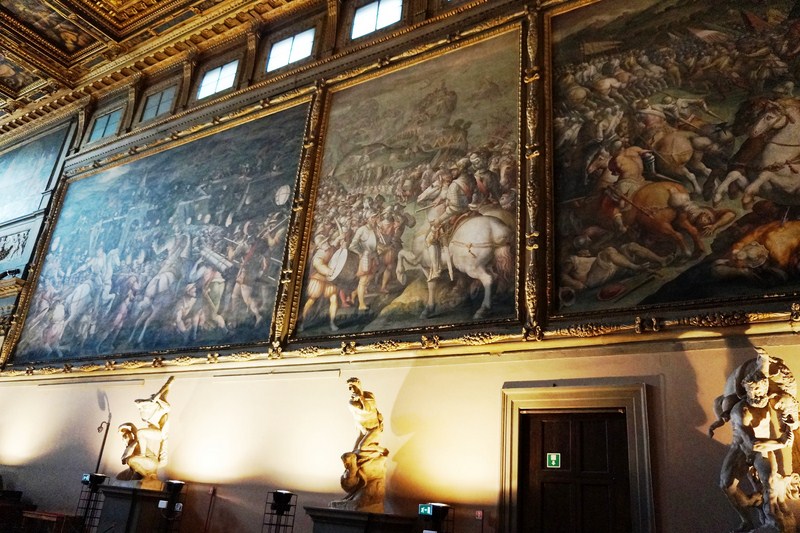
Palazzo Vecchio Hall of the Five Hundred (Florence, Italy) B.L.A.S.T. Live Life to the
Our tour will end in the Hall of the Five Hundred, where we'll unveil the secrets concealed within this regal place. After discovering this unknown side of the Palazzo Vecchio, we'll say our goodbyes after a total of an hour. View complete description. Price. More Information. Duration.
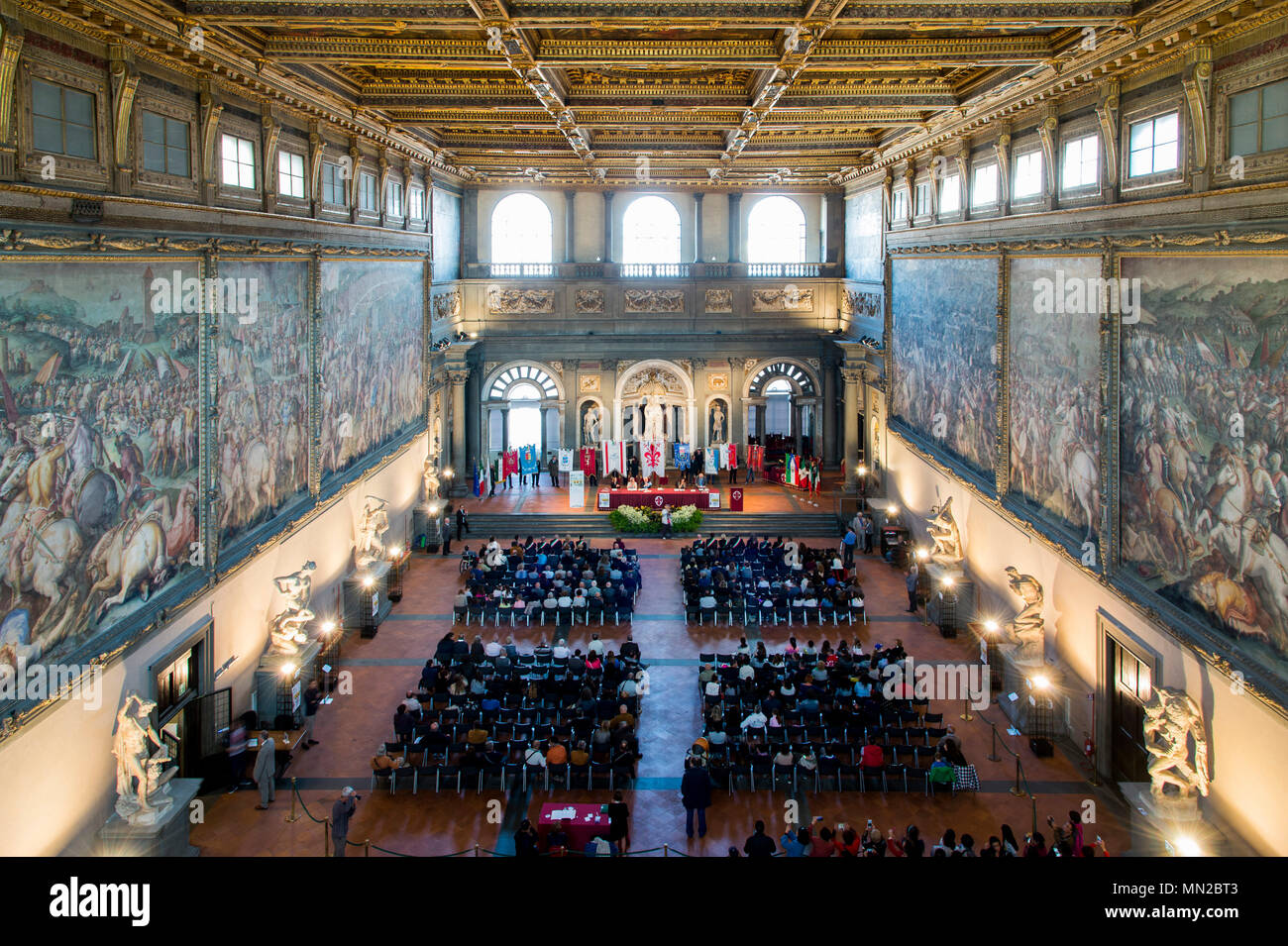
Hall of the Five Hundred, Salone dei Cinquecento inside the Palazzo Vecchio, the town hall of
Hall of the Five Hundred - A Journey Through Vasari Hall of the Five Hundred Renovated in the latter half of the 16th century by Giorgio Vasari, the Hall of the Five Hundred is now adorned by many frescoes that he completed. Additionally, the ceiling panels were painted by Vasari. Hall of the Five Hundred Battaglia di Marciano by Giorgio Vasari